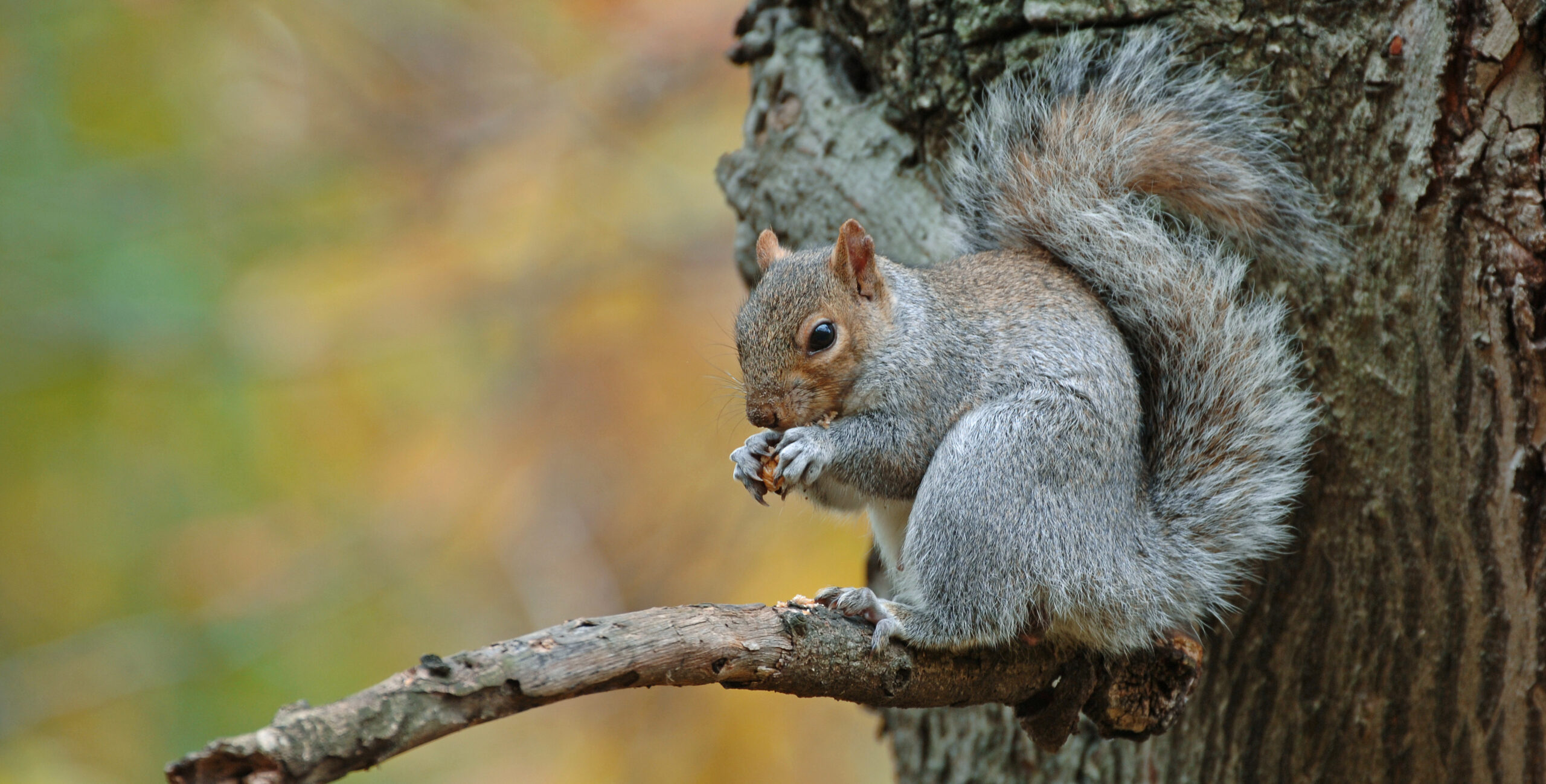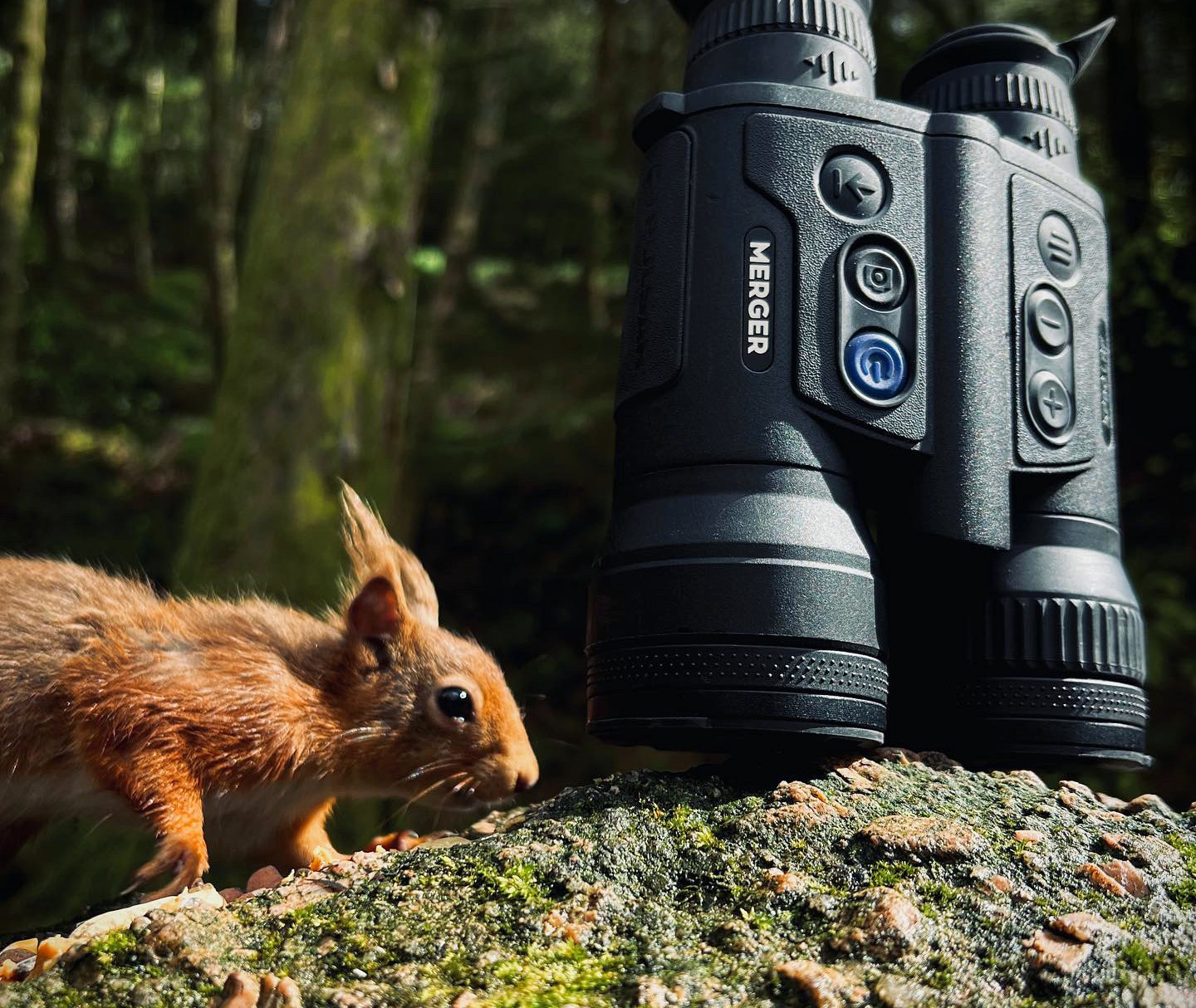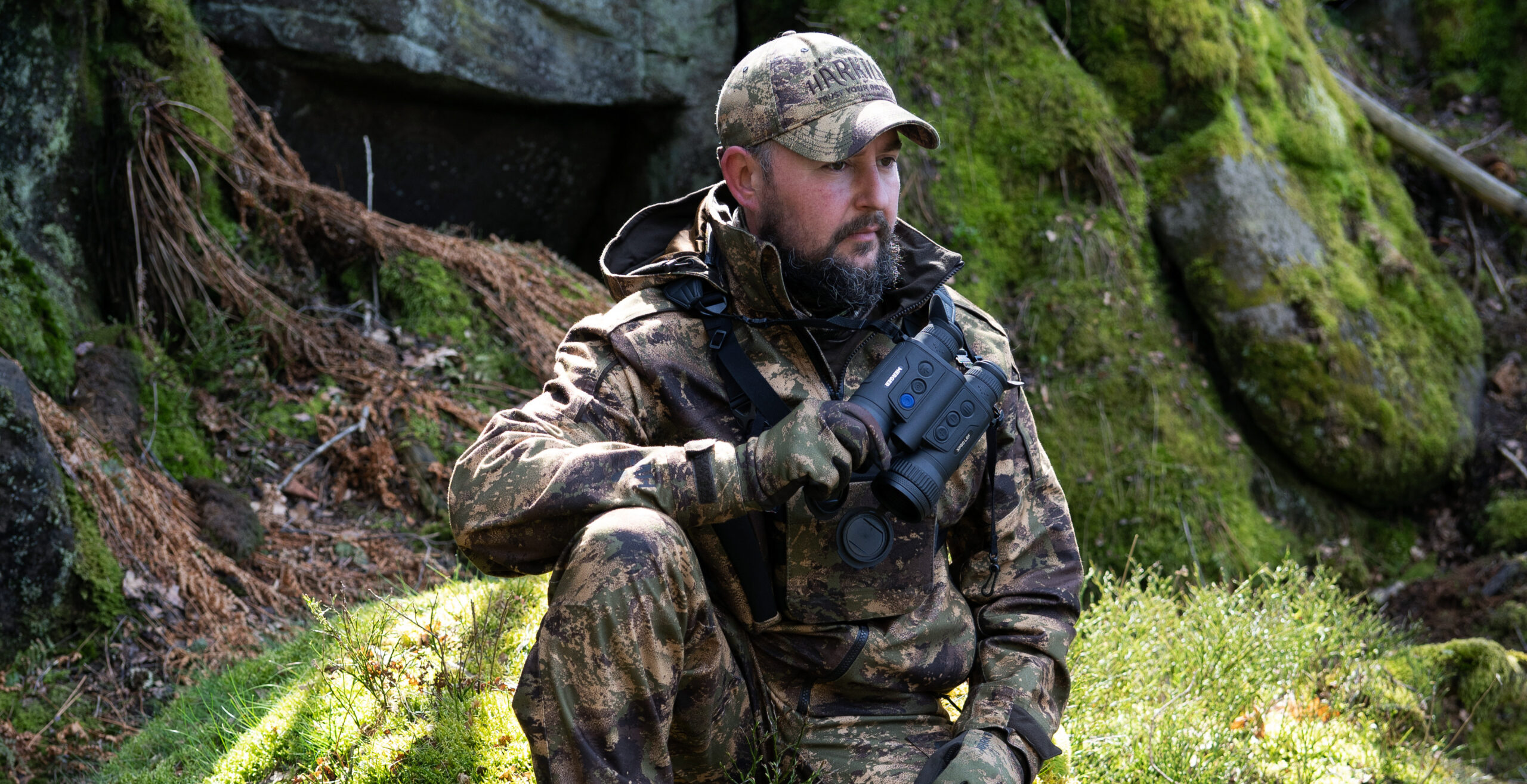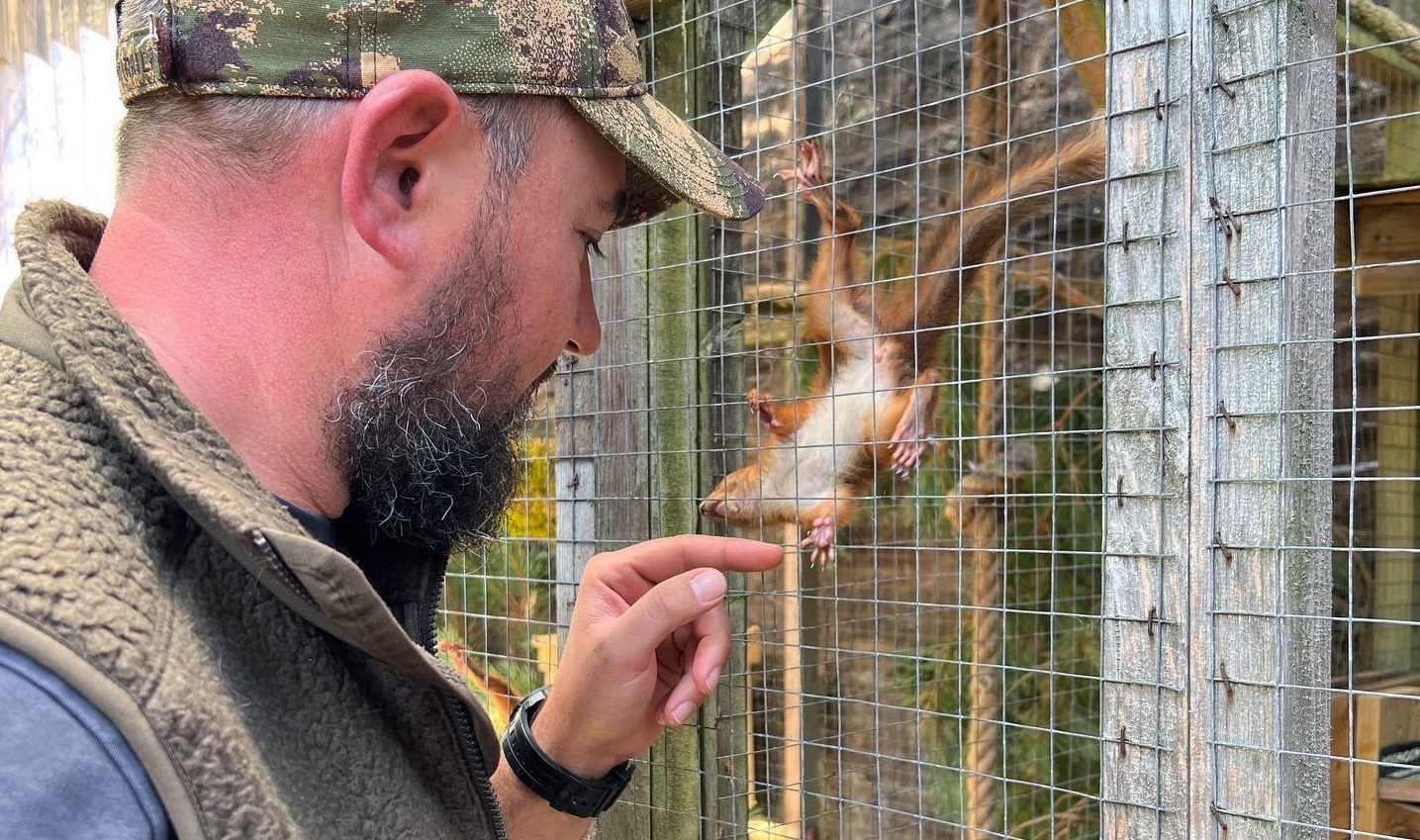Lee Perryman stands apart from your average hunter; equipped with an airgun and armed with extensive ecological insight, he assumes a critical role. His target? The gray squirrel – a seemingly adorable creature that, in reality, poses a significant threat to the forest’s ecological balance. Lee’s mission is clear: to mitigate the disruptive impact of this invasive species on Britain’s native flora and fauna.
From cute to catastrophic
Invasive species, a term that strikes concern among conservationists and biologists worldwide, refer to non-native flora and fauna that cause significant harm to their new environments. The narrative of invasive species is not a new one; it’s a tale as old as human civilization. From the Australian rabbit epidemic to the mythic release of ring-necked parakeets in London, allegedly by Jimi Hendrix, history is packed with examples of botched animal introductions.
However, few species have been as disruptive as the gray squirrel. Imported in the 18th century from North America by collectors and wealthy landowners, these seemingly innocuous creatures have become a symbol of ecological imbalance. The gray squirrel’s introduction led to the near eradication of the native red squirrel population through the spread of squirrel pox virus. Furthermore, the gray squirrel’s voracious appetite and rapid breeding have seen its population explode to over 2.5 million, placing it firmly on the list of the 100 worst invasive species.
“The grey does not have the protection of a closed shooting season and is seen as a target for eradication.”
Lee Perryman
Gray squirrels have quite an appetite, Lee Perryman claims, “Greys love to eat! It’s believed they can consume up to 10% of their body weight, which is between 40g and 80g per day. So wherever you find a scurry of squirrels, a correspondingly large amount of food can be consumed in a very short time. Controlling the greys in the UK is therefore a deadly serious business.”
The hunter with a cause
For Mr. Perryman, dealing with the gray squirrel is not just a job; it’s a blend of conviction and duty to his native woodlands. And the UK makes no joke of it – with no closed shooting season due to their invasive status, gray squirrels are a year-round target for control. Poisoning is off the table due to the risk to other wildlife, leaving trapping and shooting as the primary methods of control. However, trapping is time-consuming and inefficient, making shooting, particularly with airguns, the method of choice.
Lee’s weapon of choice is the AirMaks Katran in .177 caliber. Lightweight and efficient, it allows him to navigate the woodlands with ease. Equipped with a thermal spotter, he can identify and track squirrels with precision, a crucial advantage given the animals’ skittish nature and the dense woodland they inhabit.
Mr. Perryman’s preferred thermal spotter is the Pulsar Merger LRF XQ35, which is a great option for squirrel hunting due to its compact size and comfort. Lee is also a huge fan of the all-powerful Merger LRF XL50, a slightly bigger option equipped with a larger resolution sensor.
“The use of thermal spotters is essential when you’re trying to stalk squirrels as they light up like the bulbs on a Christmas tree. I am currently running Pulsar thermals, with the Pulsar Merger definitely my favourite to spot with, as you can use it with both eyes, so you get no eye fatigue, and it gives you a nice wide view for a speedy scan of the woodland,” says Lee Perryman
By the way, Lee is no stranger to Pulsar technology, having spoken highly of Thermion Duo riflescopes. With the DXP50 and DXP55 models, he praised their range versatility and their blend of rapid detection and precise identification, especially when switching from thermal to 4k digital channels for clear differentiation between bucks and does. Thermion DUO DXP50 excels in dense woodlands and low-light environments where a normal day scope may not offer the same level of clarity, potentially missing critical shots.
“Using Merger LRF XL50 will definitely give you an advantage, especially when every second counts with a target like a grey squirrel, as these animals spook very easily.”
Lee Perryman
Yet, despite the advanced technology at his disposal, Lee’s approach is not just about the shot; it’s about understanding and respecting the woodland ecosystem. He uses large-capacity barrel feeders to attract squirrels, filled not just with expensive peanuts but also cost-effective maize flakes, wheat, and bird seed. A secret weapon in his arsenal is 100% aniseed oil, which he sprays over the feed, drawing in squirrels like a magnet.
“Squirrels are not stupid,” explains Mr. Perryman. “If you watch a feeder for a while you can see that squirrels travel quite a way through woodland once they’ve discovered a food source. But with a tree feeder only holding a limited quantity the squirrels soon get bored of going to the feeder if it’s not constantly topped up. That’s why I like to use large-capacity barrel feeders where possible. This not only saves time I’d otherwise be spending checking feeders around the woodland, but keeps them coming in as well.”
Lee’s methods are meticulous and patient. Feeders are left undisturbed for weeks to allow squirrels to find them and feel safe. Using Spypoint cameras, Lee can monitor activity at the feeders, choosing the perfect moment to strike. His understanding of the squirrels’ patterns and behavior is paramount; as he notes, once you start shooting, it’s crucial to remain concealed and silent, for the promise of food will inevitably draw more squirrels in.
While feeder-based hunting is effective, Mr. Perryman’s preferred method is stalk hunting. Armed with his Katran, he moves stealthily through the woods, relying on his deep knowledge of the local flora and fauna. Understanding the squirrels’ dietary preferences and habitat choices is key, and Lee’s approach is a testament to the skill and patience required in this line of work.
Conclusion: a hunter’s role in conservation
Lee Perryman’s story is more than just a tale of hunting. It’s a testament to respecting the natural world, keeping balance, and the role humans must play in maintaining this balance. In his fight against the gray squirrel, Mr. Perryman is a guardian of the forest, ensuring that native species like the red squirrel have a fighting chance in their ancestral home. In the grand scheme of nature’s complex web, every action counts, and as Lee’s story shows, even the hunt can be an act of conservation.
“Controlling the greys in the UK is therefore a deadly serious business.”
Lee Perryman
Before purchasing any night or thermal vision device, please make sure you adhere to the local legislation and only use it when it is allowed. Our ambassadors come from various countries and travel a lot, which allows them to test different devices. We do not encourage or support the illegal use of our devices in any events. If you wish to learn more about export and sales restriction policy, please visit the following link: Export and Sales Restriction Policy.




